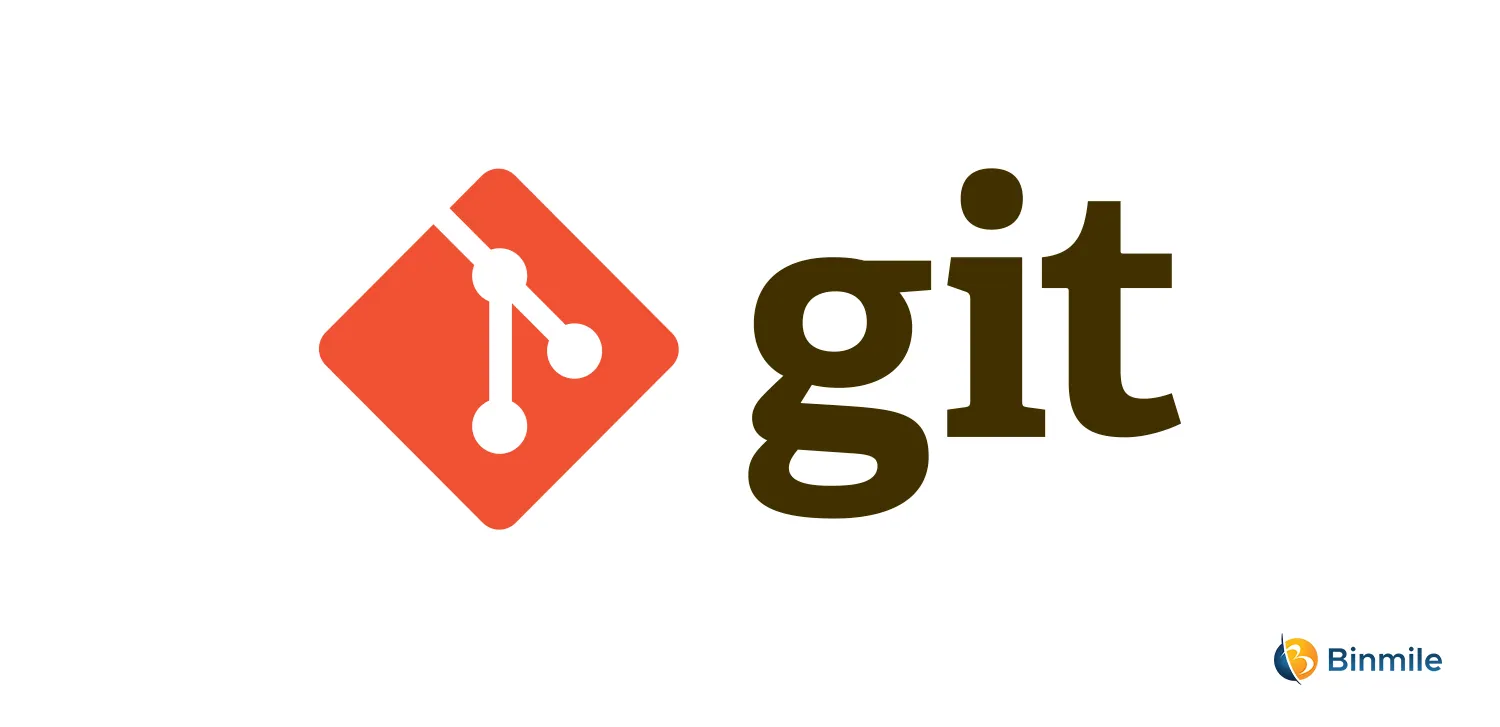When it comes to software development, no code is written in stone. Sooner or later, you need to change it to include new requirements or enhance some newly-discovered quality issues. While these changes are fruitful to some extent, excess of anything is bad. Tracking, measuring, and assessing these code changes can help you optimize your code quality and improve team performance while forecasting future risks at the same time. This is what code churn refers to. In this prose, we will discuss what code churn is, how to measure it, and how to prevent it by implementing different strategies. Let’s dig deep into:
What is Code Churn?
Code churn in software development indicates the frequency and extent of changes done in source code, for example – a file, a class, and a function. It measures how often developers insert new lines of code, delete outdated code, and change the existing code in the codebase of an application.

Take, for instance, if you have written 100 lines of code in the last couple of weeks and you modified or erased 30 of them, you have a code churn rate of 30%.
There can be more than one reasons for this, including but not limited to:
- Bug Fixes: To find and resolve bugs in the code.
- Refactoring: To alter the code to make it cleaner and easy to maintain.
- New Features: To introduce new features or functionalities in the software.
- Scope Creep: To optimize the code to make it run quicker or enhance performance
It is a great practice to analyze and understand code churn patterns as it comes in handy for development teams to:
- Maintain code quality
- Make informed decisions
- Improve their processes
In fact, as per Simpleprogrammer.com, industry experts think that code churn around 15% to 25% is fair enough for most teams, while below 15% indicates normal to highly efficient teams.
Example of Code Churn
An example of code churn can be seen in a mobile app development project where one feature is modified frequently. Assume that a team is building an e-commerce application and offers a new feature for discount calculation. But while the development is going on, the team realizes that the initial implementation of the features needs to be changed so that it can tackle edge cases and enhance performance. Resultantly, several codes are changed, added, and deleted by developers.
This example shows how code churn takes place owing to the need for continuous enhancement and optimization during the development process. In case you are not aware of edge cases, we must tell you that it is a problem or circumstance that takes place only at extreme operating parameters. For instance, when playing songs at full volume, a stereo speaker might produce distorted audio, even in the absence of any extreme setting or situation. Also, an edge case can be an expected or unexpected problem or situation.
5 Main Causes of Code Churn With Solutions

#1 Prototyping
Just to let you know, a high churn rate is common when a developer is discovering a new functionality as they explore and test multiple solutions to a problem. Prototyping is generally seen in the initial stages of the project – especially when the project is a new or complicated one. In fact, a very low churn rate in the initial stages of a project is deemed to be an early indicator that a project is not going forward as per the plan.
When a developer is involved in exploratory projects, code standards are often compromised to achieve a quicker proof of concept. This is done to improve the code once the right solution has been known. Although this process results in a high code churn rate in the short term, working this way is a productive method as the developer is trying to prove out new ideas sooner than later. Some examples of cases where you may come across a large number of rewritten codes are:
- Redesigns
- Prototypes
- POCs
“So, next time you see a developer prototyping, don’t disturb them at all,” says the experts of the topmost digital transformation company. If the concerned developer has a meeting scheduled that isn’t extremely necessary, consider extending dates or let them know you are informed about their involvement in the project, and they don’t need to join unless they wish to.
If, however, you notice that the time and effort given to prototyping surpasses the expected timeframe, it is worth checking up on them to understand their thought process. Maybe the problem is more difficult than anything they have experienced so far. They might accept that they didn’t grasp certain aspects of the problem well or everything might be happening correctly, but they are going beyond what they are building.
Based on the opinion of top software development companies, prototyping is a normal and healthy pattern. The key is in perceiving when it’s gone on for a very long amount of time or has exceeded the normal time and effort. Make sure that the level of time prototyping is in alignment with the significant level of business risk and the amount of value you expect from the feature.
#2 Perfectionism
Perfectionism refers to a high code churn rate in the mid-late stages of the sprint or project once the work is already suitable for production. This incident occurs when a developer’s definition of “good enough” is not aligned with the organization’s standard. Frequently returning to the code to rewrite it without adding much value to the existing code can result in detrimental returns. Generally, the developer’s time can be invested elsewhere.
Solution
- Make a distinction – Does the work fit with team standards when it was checked for the first time? Is this extra work a result of feedback from the review process or it is of massive benefit to the original code? (If this is the case, that’s great! If engineers are continuously taking feedback from the review process and enhancing their code, that’s something to appreciate.)
- A high code churn rate translating into a release could mean that the release is at risk. Refining code excessively just before the deadline could be an indication that the release needs to be postponed.
- Be aware of what “done” is. Show the difference between the original requirements and what was actually delivered. If a developer starts reworking or refining their code for a long period of time, or way beyond what’s required to get the project done, think of asking a more senior developer to evaluate what “good enough” refers to in this project.
#3 Difficult Problems
When experiencing a very challenging issue, a high amount of exploring and backtracking is expected. The key is to start understanding if the problem has gone on for an extended period of time. As per a renowned software development services provider, there are instances when a high churn rate can lead to an engineer thinking they have perfectly resolved the problem, perhaps even forwarded it for review, and then realizing that major sections of it require to be reworked. The chances are high that the specification needs to be grasped again, or maybe the developer didn’t understand the challenge or how to address it in the first place.
Solution
- Learn to discover when a challenge has gone on too long and be proactive.
- It is preferred to be trained by a senior developer or a team lead instead of a manager. Ask them to pair programs if possible.
- Look for a time slot that works for them and doesn’t impact their workflow. Check if they have the resources they need, and what extra ones can be useful for you to deliver.
#4 Vague Requirements
When a developer works with unclear requirements, they count on their best guess to understand and fill any gaps. Needless to say, a few of those assumptions will be wrong and result in a high code churn rate. If the specifications are terribly written or incomplete, the developer may be working on something unbuildable.
Solution
- Go through the requirements to learn if more clarification is required and if edge cases have been perfectly resolved.
- Give an example of what good requirements appear to be. Let them know if they want the project to be delivered quickly. In that case, they can offer clear specifications to expedite the process.
- Schedule a meeting with the product team and demonstrate to them the cost of vague requirements. If you utilize GitPrime, get a chart from the project timeline to show them what engineering throughput looks like to ensure a clean implementation compared to a fuzzy one.
#5 Issues Concerning External Stakeholders
Generally, a high code churn rate emerges as the outcome when working with unclear or indecisive stakeholders. While it may seem harmless, an underconfident stakeholder can cause actual damage to a team, both in terms of morale and progress. And it can lead to annoyance or frustration in the team over time.
If the miscommunication between what was expected and what was delivered led to missing functionality or elements, you will probably notice a significant increase in new work after the new requirements dropped in. If the miscommunication is translated into code that needs to be rewritten, you will notice a sharp upsurge in code churn. In either case, an extensive boost in activity in the back third of a sprint (that was not triggered by code review) should be treated as an indicator that the deadline may be at risk.
When this pattern is observed sprint over sprint with the same team, it is advisable to check with team members to see if this work pattern is derived from late-arriving requests. Usually, the issue a team is addressing should be getting smaller over time as solutions are identified, developed, and optimized. A sudden boom in activity, especially in the later stages of a project, appears to be a signal that something new has come in.
Solution
- If a stakeholder is constantly changing their mind post development has commenced, show them the percentage of effort that goes into rebuilding (generally including time and dollars to clarify the impact of this work behavior).
- Perceive that changing requirements from a product owner can indicate that they lack time or money to do what they want. This is why the concerned development task doesn’t get their full attention until it’s too late. Thus, it makes sense to be empathetic and have a discussion with the manager. The experts of the finest digital transformation company suggest including data in the discussion as it can help get rid of the doubt around what’s happening and help concentrate on the discussion about how to fix the issue going forward.
Concerned about meeting your business goals ASAP? Get efficient software development services from us to minimize your code churn and accelerate organizational growth.

Top 3 Tools for Measuring Code Churn
1. Git

Git is a free-of-cost and open-source distributed version control system designed to manage everything from tiny to considerable projects with speed and efficiency. It connects with git storage and fetches meaningful metrics for a given time period. A few of the metrics measured by this tool include:
- Number of lines of code added
- Number of lines of code deleted
- Number of lines of code modified
- Number of files changed
- Total code churn
2. GitHub

GitHub is a source code management tool that allows your development team to monitor, manage, and review the changes done in the codebase. This particular tool comes in both free and paid versions. While it has the basic feature of source code management, the paid variant ships with advanced features, like GitHub Copilot. As per a leading software development services provider, the Copilot is an AI-driven tool that assists in writing better code through recommendations.
3. Jira

Jira is a change management tool that can help you shift to a cutting-edge change management practice from conventional change management processes. It makes sure that you record, evaluate, approve, and act on change requests. Having this tool at your disposal helps you schedule and track changes that are taking place, making it easy to mitigate code churn risk and streamline your change management processes. What else? The automation feature offered by this tool comes in handy in calculating the level of risk of every change request and setting the appropriate risk value.
You can also take advantage of Jira to:
- Categorize a change request as emergency, normal, or standard.
- Route change requests down the standard Jira workflow, such as, pre-approvals required for ordinary changes and extra workflows required for high-risk changes.
- Inform concerned stakeholders about high-risk changes that need further review.
Calculating Code Churn Rate: A Simple Approach
For code churn calculation, all you need to do is apply a very simple formula. Let’s say at the start of a month, a mobile app has 20,000 lines of code. During the month, developers have:
- Added 4,000 lines of code
- Changed 1000 lines of code
- Deleted 600 lines of code
Now to calculate the code churn rate, all you need to do is:
Calculate all the lines of code changed:
Total lines changed
= 4,000 (added) + 1000 (modified) + 600 (deleted)
= 5,600 lines
Calculate the code churn rate:
(Total lines changed / Initial lines of code) * 100
= (5,600 / 20,000) * 100
= 28%
Looking for efficient software development services? From concept to deployment, we ensure fast, scalable, and reliable solutions that drive your business forward.

Concluding Remarks
The insights from code churn metrics significantly affect the overall effectiveness of the final software. And your churn rate will tell that fable over time. Please remember that churn rate is not just a number, it gives you a reality check about how things are going and if there is any need to take stringent action when you still have time.
Eventually, the main aim of every software engineer is to develop a quality software product that matches the optimum technical and user standards. And for that to take place, tracking and managing churn rate is extremely instrumental. If you want to acquire more information about efficient software development services and how you can take advantage of software quality metrics while keeping overall costs in check, it is a wise idea to exchange words with the topmost digital transformation company straight away.
Frequently Asked Questions
Tools to measure and reduce code churn include:
- Git Analytics Tools (e.g., GitPrime, CodeClimate): Analyzes commit history to identify frequent code changes.
- SonarQube: Provides insights into code quality, highlighting areas with high modification rates.
- JIRA and Project Management Software: Tracks changes and helps identify recurring issues causing churn.
- Code Review Tools (e.g., Crucible, GitHub): Facilitates regular code reviews to ensure stability and reduce unnecessary changes.
These tools help monitor and minimize code churn, improving code stability and team productivity.
Binmile, an IT company can help manage code churn in agile development by:
- Implementing Regular Code Reviews: Ensuring code quality and reducing unnecessary changes.
- Setting Up Automated Testing: Quickly detecting issues that cause code modifications.
- Using Analytics Tools: Monitoring churn rates to identify and address areas with high changes.
- Improving Sprint Planning: Focusing on clear requirements to reduce rework.
These practices help maintain code stability and efficiency throughout the agile development process.
Best practices to minimize code churn during software maintenance include:
- Clear Documentation: Ensuring thorough documentation to guide maintenance changes.
- Consistent Code Reviews: Catching unnecessary modifications early.
- Automated Testing: Quickly identifying issues without manual code changes.
- Refactoring in Small Batches: Minimizing the scope of changes to reduce errors.
- Focus on Root-Cause Analysis: Addressing core issues to avoid repetitive fixes.
These practices help keep code stable and reduce frequent, unnecessary changes.









